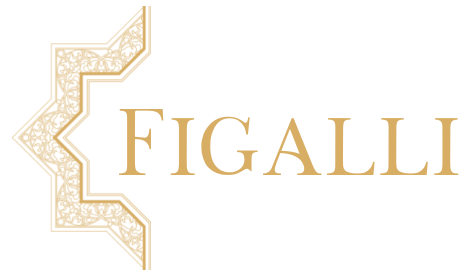Understanding the Rug’s Backside
Rug sellers and experts often fold a rug corner or flip the entire rug to inspect its back. But why examine the back of a carpet? What insights can it provide?
Detailed examination of a rug’s back is crucial for several reasons:
Below are the reasons that lead a specialist to examine the back of a rug:
• Rug Structure The rug’s back reveals the technical aspects of the weave and knots, aiding in determining its origin.
• Rug Quality The back exposes the weave’s thickness and knot density.
• Rug Restoration Restorations, often less visible on the rug’s front, can be more clearly identified on the back.
• Rug Dyes The rug’s back can provide information about the dyes used, particularly if there’s a significant color disparity between the rug’s two sides. The front is usually lighter than the back, primarily due to sunlight-induced fading. However, if an antique rug exhibits identical coloration on both sides, it may suggest artificial painting to conceal fading.
• Approximate Rug Age The back’s texture can help estimate the rug’s age. Over time, the back of a rug becomes relatively smooth, while most new rugs have a more fibrous and fluffy texture. Examining the back can be crucial in determining the approximate age of an antique rug that appears relatively new on the front.

Figalli Oriental Rugs
We do not sell rugs. We bring rare works of art to your home in the form of rugs.
Our services
You are Protected
Copyright © 2023 Figalli Oriental Rugs, All rights reserved. Desenvolvido por Agência DLB – Agência de Marketing Digital em Porto Alegre
